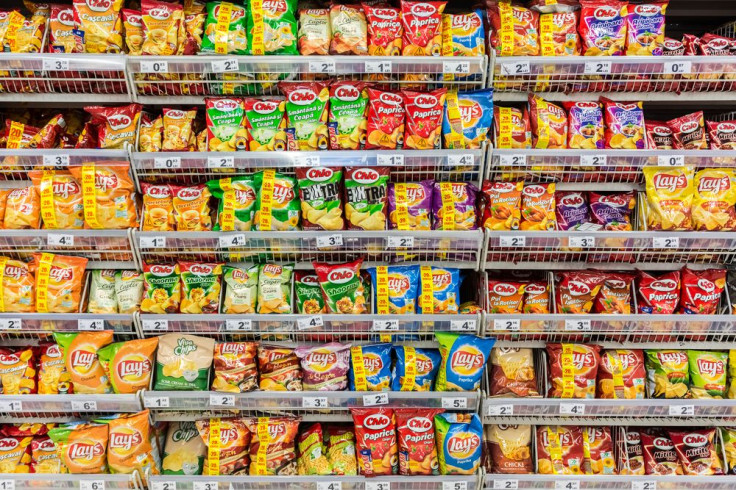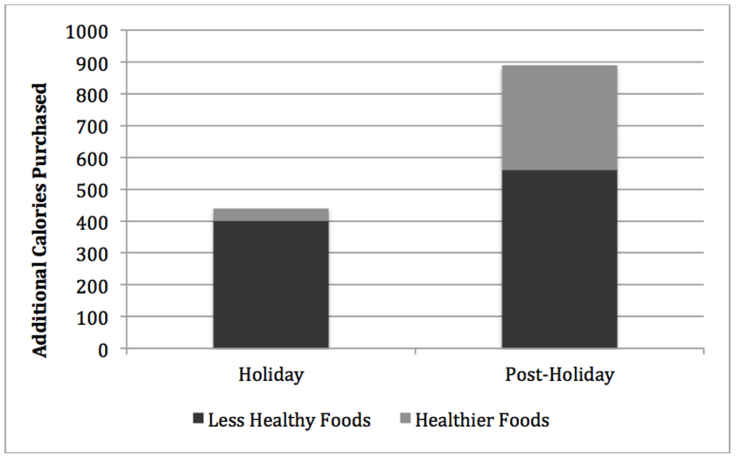Junk Food Purchases Still Exceed Average After Holidays, Despite Healthy New Year’s Resolutions

By now, it’s a well-worn fact that New Year’s resolutions are practically doomed to fail — only eight percent of people will follow through with their goals of losing weight or getting that thing on their neck removed, and little research exists to suggest that succeeding will make you any happier. Still, humans are anything if not stubborn.
A new study suggests that despite this 92 percent failure rate, people do spend their early months buying more healthy foods. Unfortunately, things like kale and quinoa still sit beside the same processed junk food that dominated the holiday season — a signal to the people studying food choices that shoppers may be mindlessly attracted to the sweets we associate with positive memories and time with family.
“They do pick out more healthy items, but they also keep buying higher levels of less-healthy holiday favorites,” said Dr. Lizzy Pope, lead author and associate professor of food science at the University of Vermont, in a statement.
Looking at shopping behavior at 207 grocery stores in upstate New York between 2010 and 2011, food scientists found a 9.3 percent jump in total calories purchased between January and March compared to the holiday season of Thanksgiving to New Year’s. Compared to the baseline months of July to Thanksgiving, they found a 20.2 percent jump. This translated to an increase of 450 calories per meal per week and 890 calories per meal per week, respectively.

The findings seem to paint the picture of a shopper torn between two worlds: a self from last year currently being shed, and a new one, who, at least for now, embraces a healthy lifestyle. The dilemma is reflected in people’s shopping carts. They buy salad with their cookies, pita chips with their ice cream. In one respect, it may be a way of softening the blow, in an attempt to avoid going cold turkey. But the history of New Year’s resolutions and a bulk of research into mindless eating habits argue otherwise.
If left to their own devices, people tend to fall back into old habits, particularly with eating. That’s why Pope and her colleagues encourage people to stay conscious, perhaps even hyper-aware, of what it is they’re buying and why.
Instead of relying on your intuition for what you’re running low on, write yourself a grocery list and stick to it. Each time you find yourself reaching for something junky, find an alternative that satisfies the same general taste and texture. Or, if you’d like to keep your sanity, simply devote half your basket or cart to healthier foods, Pope told Medical Daily. “Basically, any strategy that could jolt people from their automatic habits and inspire more conscious thought about what’s going in someone’s cart is desirable, and an area for future research.”
New Year’s resolutions are hard because they require a change we aren’t always ready to make. At some point, we have to give up the baked desserts for raw carrots and a sensible portion of low-fat dip. Buying both just doesn’t cut it.
Source: Pope L, Hanks A, Just D, Wansink B. New Year’s Res-Illusions: Food Shopping in the New Year Competes with Healthy Intentions. PLOS ONE. 2014.
Published by Medicaldaily.com



























